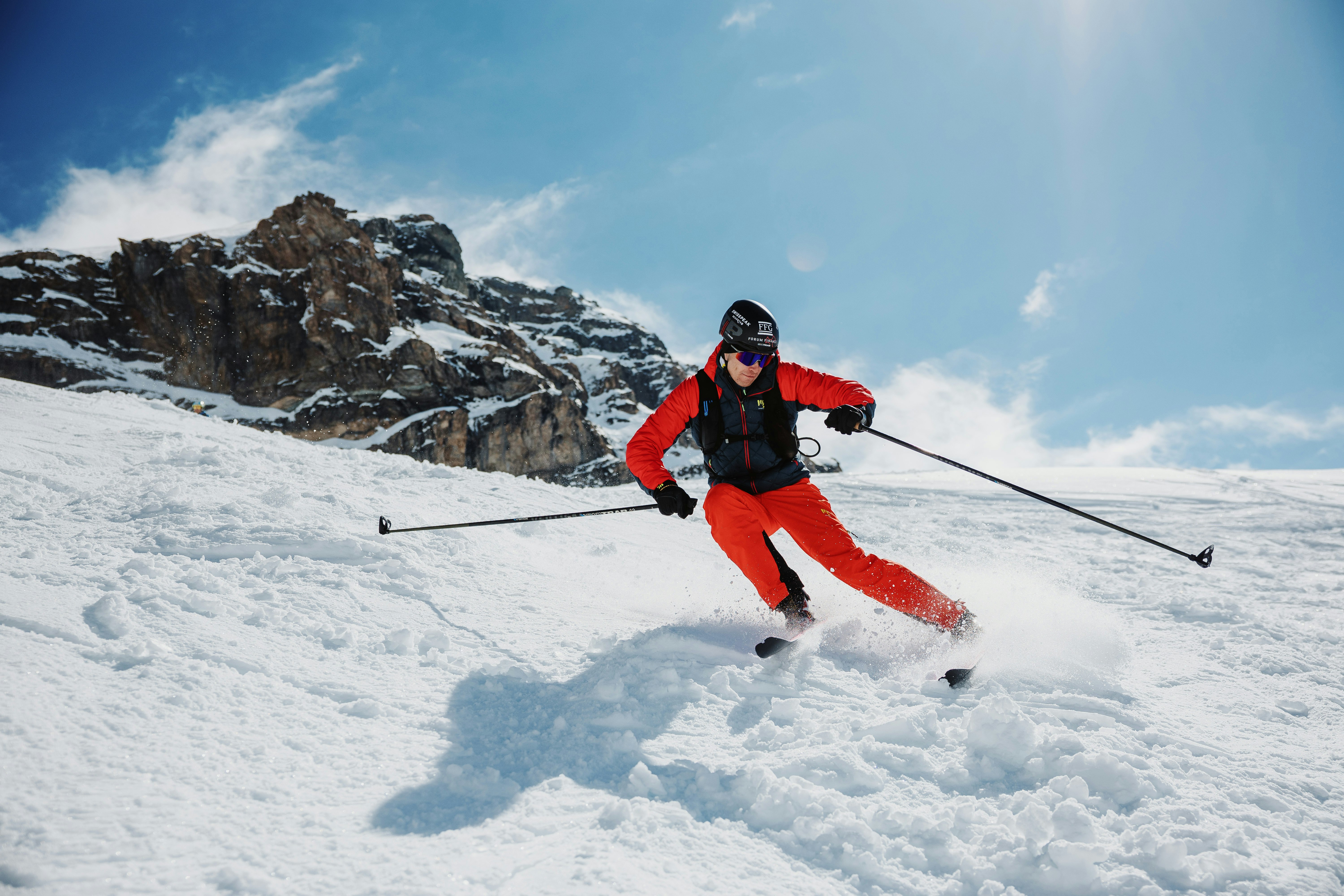The wait is nearly over, but, just a few months shy of the three medal ceremonies, there doesn’t seem to have been any progress in terms of materials (or any kind of ripple effect on the sport as a whole)
There’s not long to go now until the Milano-Cortina Winter Olympics. This will mark a historic milestone for ski mountaineering, with the sport making its debut at the Games with three medal events. And yet, looking at the current state of the Race sector, and the development of materials, you’d be forgiven for thinking otherwise. There is discontent among more old-school athletes, who have been largely excluded from the Olympic momentum, not just for reasons of age, but also due to the fact that the three events bear little relation to the history and tradition of skimo. Skimo legend William Bon Mardion’s dramatic refusal to start in a World Cup race, in protest against the artificialization of a sport that began in the wild, is a case in point. And aside from all this, the number of race participants refuses to budge. There are fewer and fewer night races, and even La Grand Course no longer fills all available places. Two speed disciplines like the sprint and mixed relay risk attracting athletes from other sports (like cross-country skiing) to fill the gaps at an elite level (who could yet surprise us all), but they aren’t a draw for those at the base of the pyramid, so to speak. And they also haven’t led to innovation in the materials used. Innovation which could still come with the confirmation of skimo as an event at the 2030 Winter Olympics in the French Alps.

We said this in last year’s issue, when the only new product was a semi-carbon boot (and therefore not suited to Olympic-level racing), and we’re saying it again this year, when the only new product is, once again, not a full-carbon model. In terms of skis, Fischer and Ski Trab, who launched their Olympic equipment in the past few weeks, have introduced some new features, but it’s more of a question of image than any real changes to the structure and shape of the products themselves. The only two brands to have more than one race ski in their lineup, with specific skis for different specialties are Atomic and Ski Trab. And when it comes to skins, only Pomoca makes specialist products for most disciplines.
Share this article

